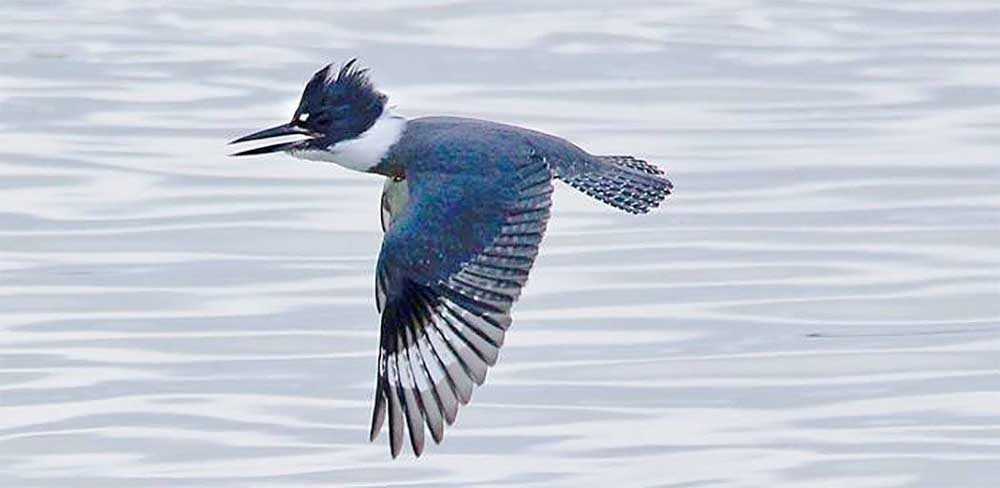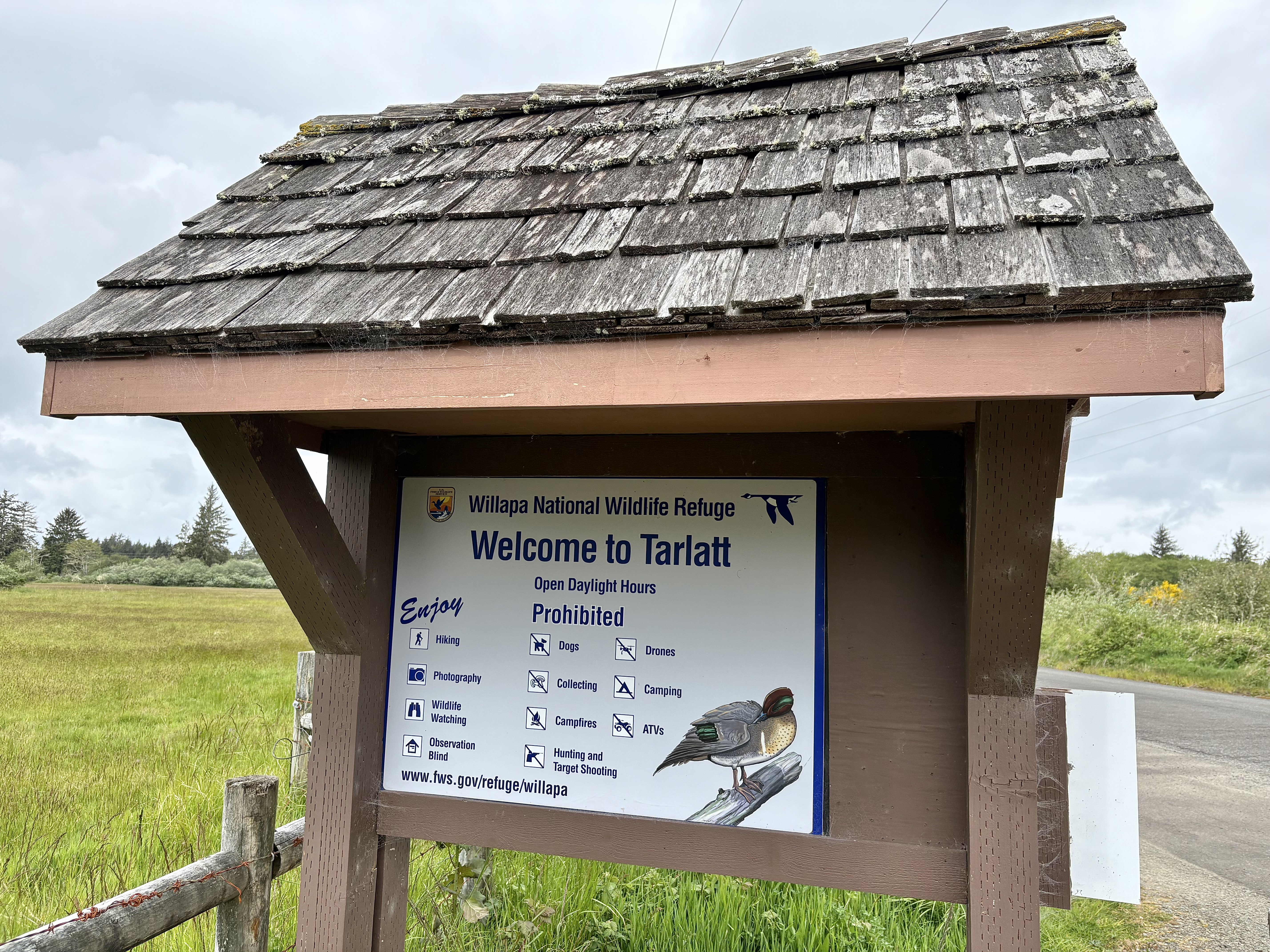Birdwatching Kingfishers demand: Stop! Look! And listen!
Published 10:22 am Tuesday, October 2, 2018

- A belt kingfisher barreled along a south Pacific County waterway.
Lately when I am out birding anywhere close to an aquatic habitat such as the bay or Tarlatt Slough, I have been hearing a very loud, raucous rattle. It always turns out to be a belted kingfisher making its presence known as it zips past flying along the water’s edge, across a slough, a stream or a pond. The belted kingfisher is giving its flight call which is also its territorial call. It is a known fact that the belted kingfisher does not have a song, per se. The raucous rattle is the only music it sings to the world.
Trending
According to some scientists, belted kingfishers pair in the fall, but keep separate territories until spring, when they usually begin to come together for the breeding season. Other scientists argue that pairing does not take effect until the spring. They require access to bodies of water for both feeding and nesting. Clear water so that prey can be seen is a necessity and vertical earthen banks are needed for nesting, according to Cornell Laboratory. In addition, trees and shrubs that overhang the water, utility wires and poles provide perches from which they can hunt. However, when fishing they can also helicopter in an effort to sight their prey before diving in with eyes closed, head first! Kingfishers are known to roam over a wide area in their quest for fish, and they will even raid garden ponds or water features to grab a tasty meal. In addition to fish, their favorite prey includes mollusks, insects, amphibians, reptiles, young birds, small mammals, and even berries.
In most bird species the male is the most beautiful of the pair. The reverse is true for the Kingfisher. The female sports a gorgeous dark reddish brown or chestnut colored breast-band and flanks. Both the male and the female are dark-blue gray above and white below. Kingfishers have a shaggy crest, a noticeable white collar and a very large, dagger like bill, that it uses to spear its prey. Overall, kingfishers appear to be top heavy in appearance. When threatened by an intruder they rattle incessantly while raising their shaggy crest along with the white patches near their eyes. This summer a belted kingfisher chased and harassed the young American kestrels when they ventured too close to Tarlatt slough. This happened several times before the young kestrels finally learned to stay away from the sloughs shoreline!
Each of the Kingfisher pair usually help with nest building. They generally excavate a horizontal burrow in a river bank or sand bank, but will use a site such as a gravel pit that isn’t necessarily near water. They typically choose to live high on a bank to avoid flooding. Burrows near water may tunnel into the bank for up to 6 feet and slant upwards so that water will not collect in the burrow.
Trending
Kingfishers fly only one way…. fast and straight! The young kestrels found that out and so did I. Stop, look and listen! The belted kingfisher may be lurking along a shoreline near you!!









